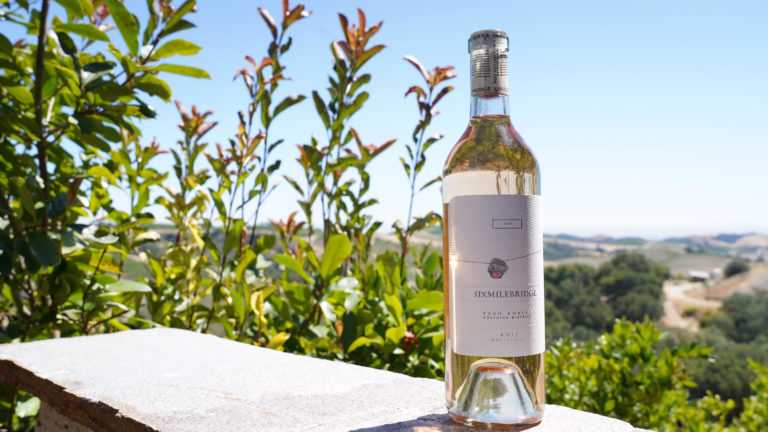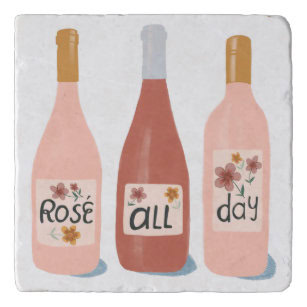
The Saignée Method
First, start with red grapes. You don’t mix red and white grapes to get a pink color.
You can make a Rosé from any red grape. However, popular varietals include Cabernet Franc (the grape we use for our Rosé), Merlot, Malbec, Zinfandel, Grenache, Syrah, Mourvèdre, Carignan, Cinsault, Tempranillo, Sangiovese and Pinot Noir.
The most common method and the one we use at Sixmilebridge is called the saignée method, which means “to bleed” in French. This term is used because the Rosé is made by bleeding off juice from the skins of the grapes just as fermentation is starting, giving the wine a paler pink color rather than the darker purple-red color that wine obtains by longer contact with the skins.
In this method, you separate the stems from the berries and toss out the stems. The berries are then crushed to release the juice. The grape skins and the juice are put in the tank together, and it’s the skins that give color to the juice. Depending on the desired color, this maceration* can last from eight to 48 hours. The juice is then separated from the skins. The juice, now without the skins, is transferred to a tank. Yeast then transforms the sugars to alcohol during fermentation, which can last from eight to ten days.
Violà! You have Rosé wine.
The Direct Pressing Method
In this method, the grapes are pressed right away and pressed slowly in stages until the desired color is obtained. Only the juice that drips out from the pressing is used. Since the juice already has its color, there is no need for maceration as in the saignée method. From this point forward, the two methods are identical.
So…which method is better?
Just like most things with wine, it really comes down to your preference. Rosé made with the saignée method tends to have deeper, more vibrant pink color and darker flavors of blackberry, raspberry and berry jam. Rosé made with the direct press method likely has a bit higher acidity and strawberry or rhubarb flavors. Some people say the saignée method yields a higher quality Rosé. We agree with them. However, perhaps, the ultimate arbiter is whether you open a second bottle or not.
*Maceration is the winemaking process where the phenolic materials of the grape—tannins, coloring agents (anthocyanins) and flavor compounds—are leached from the grape skins, seeds and stems into the must.
